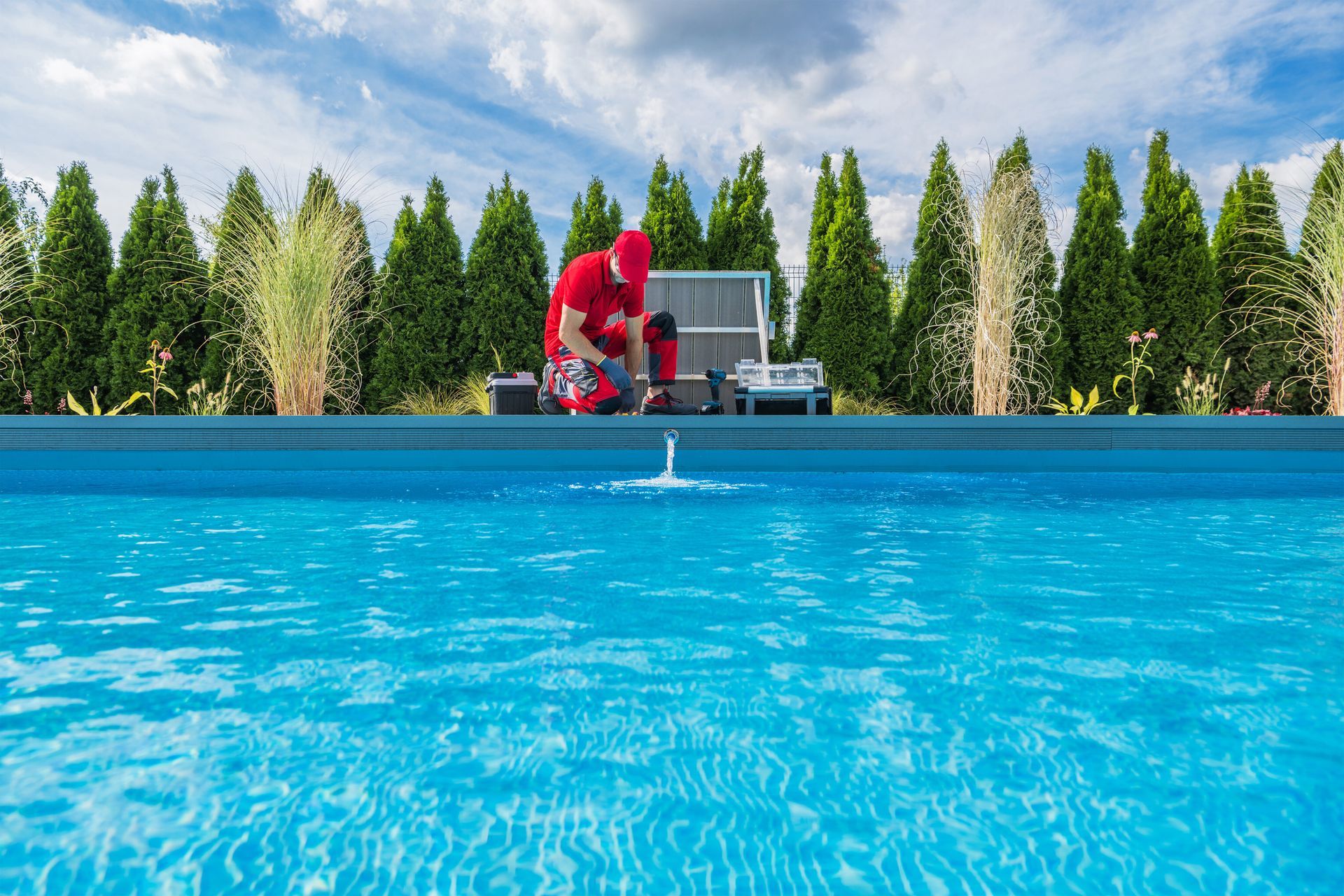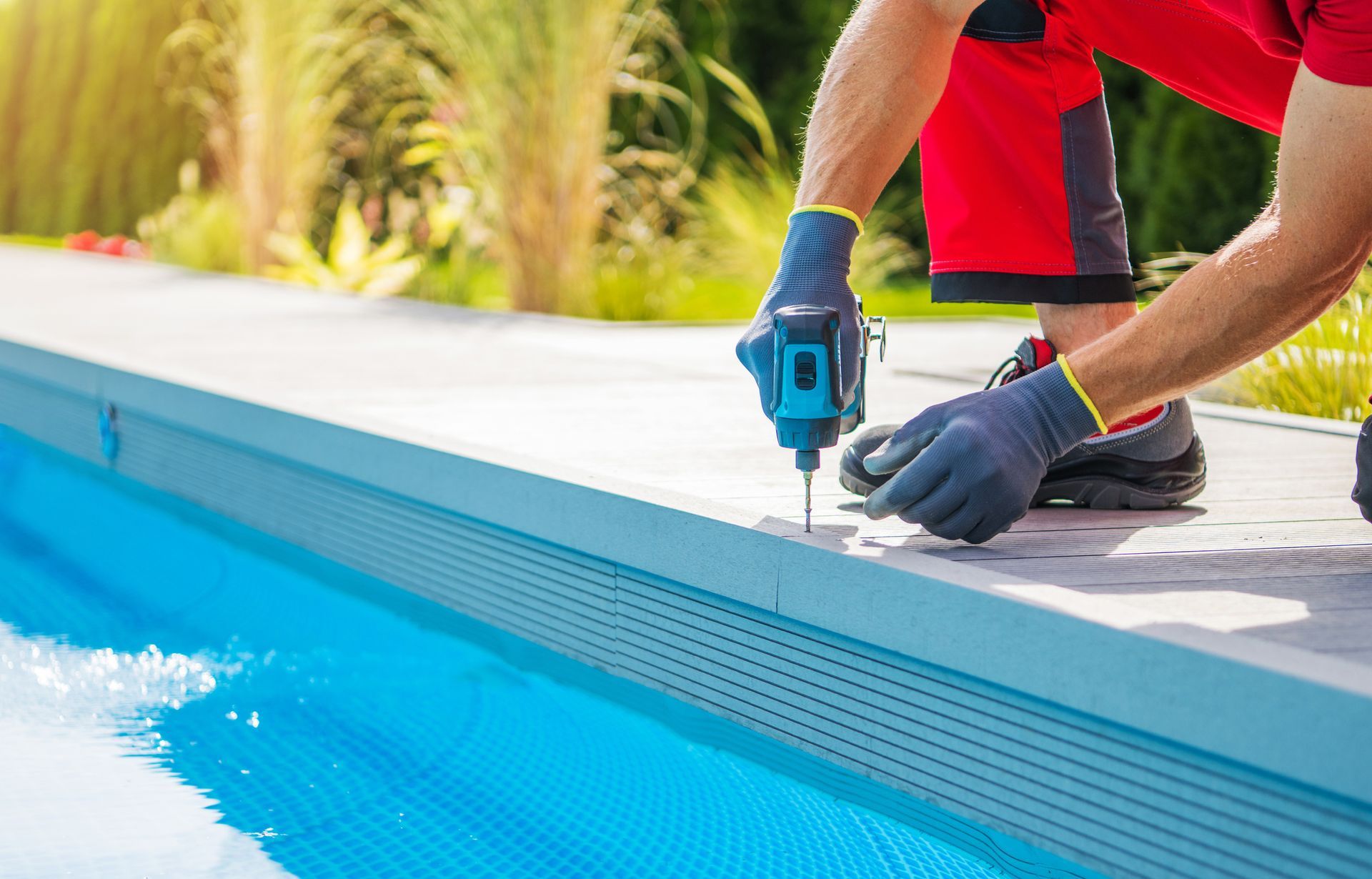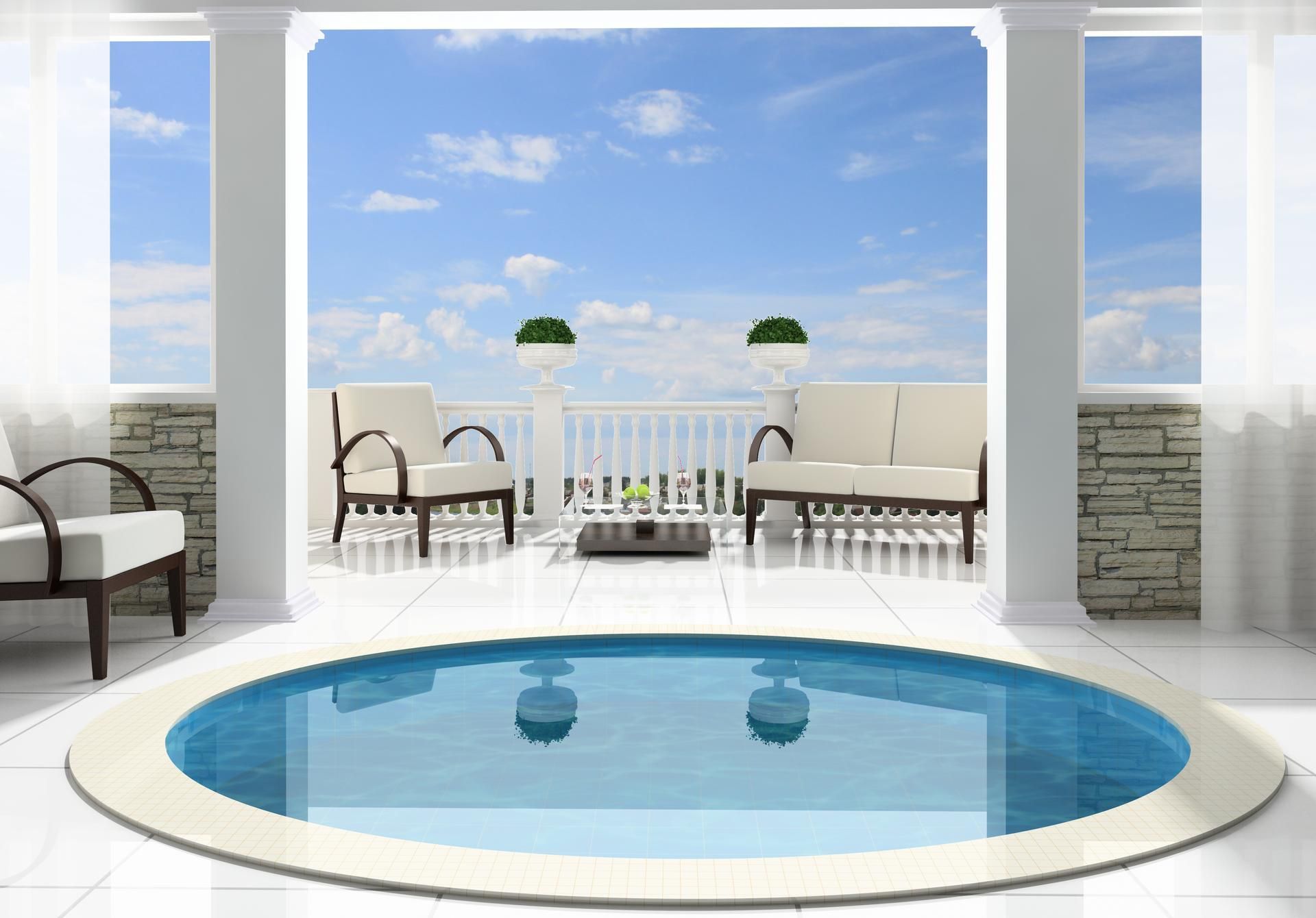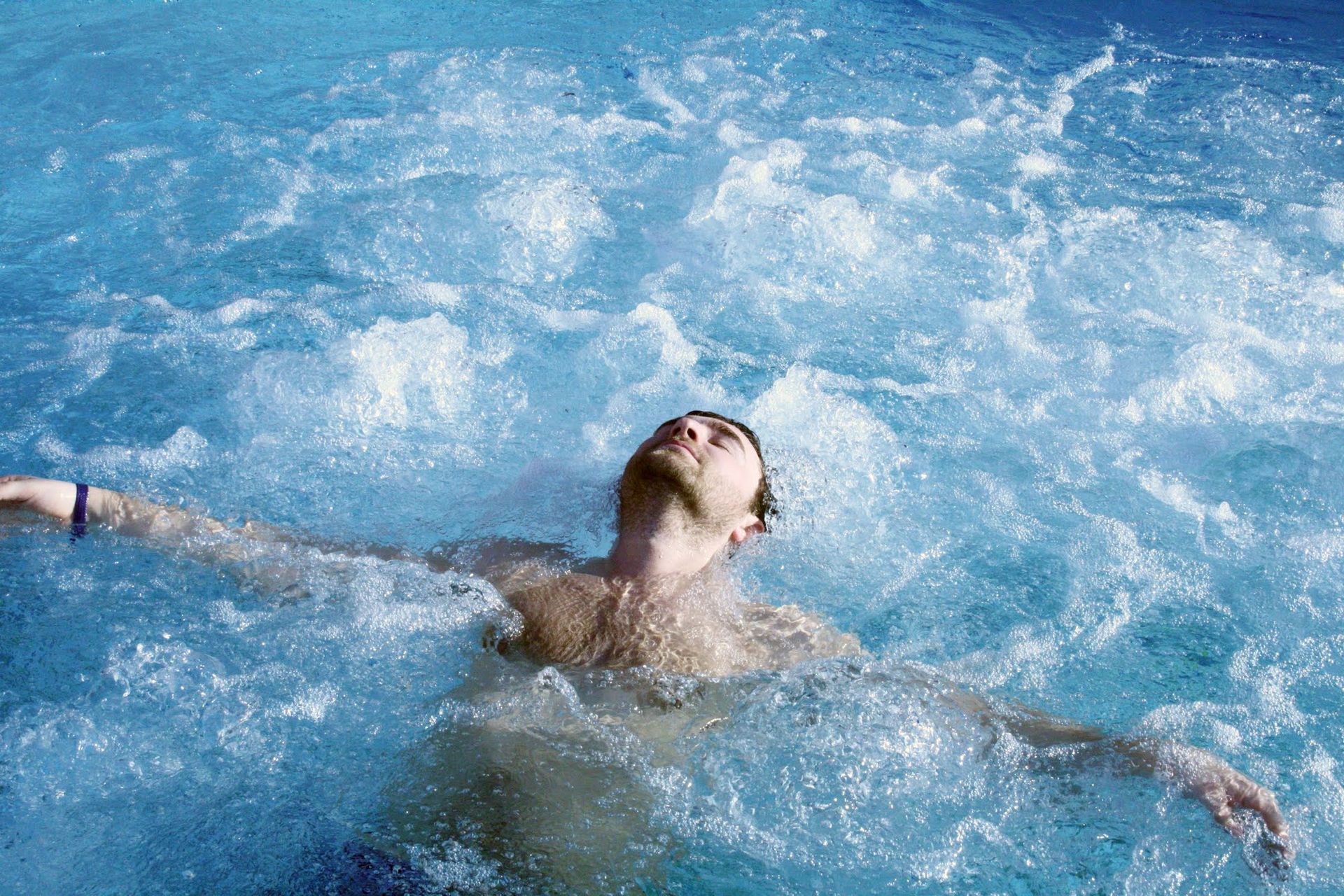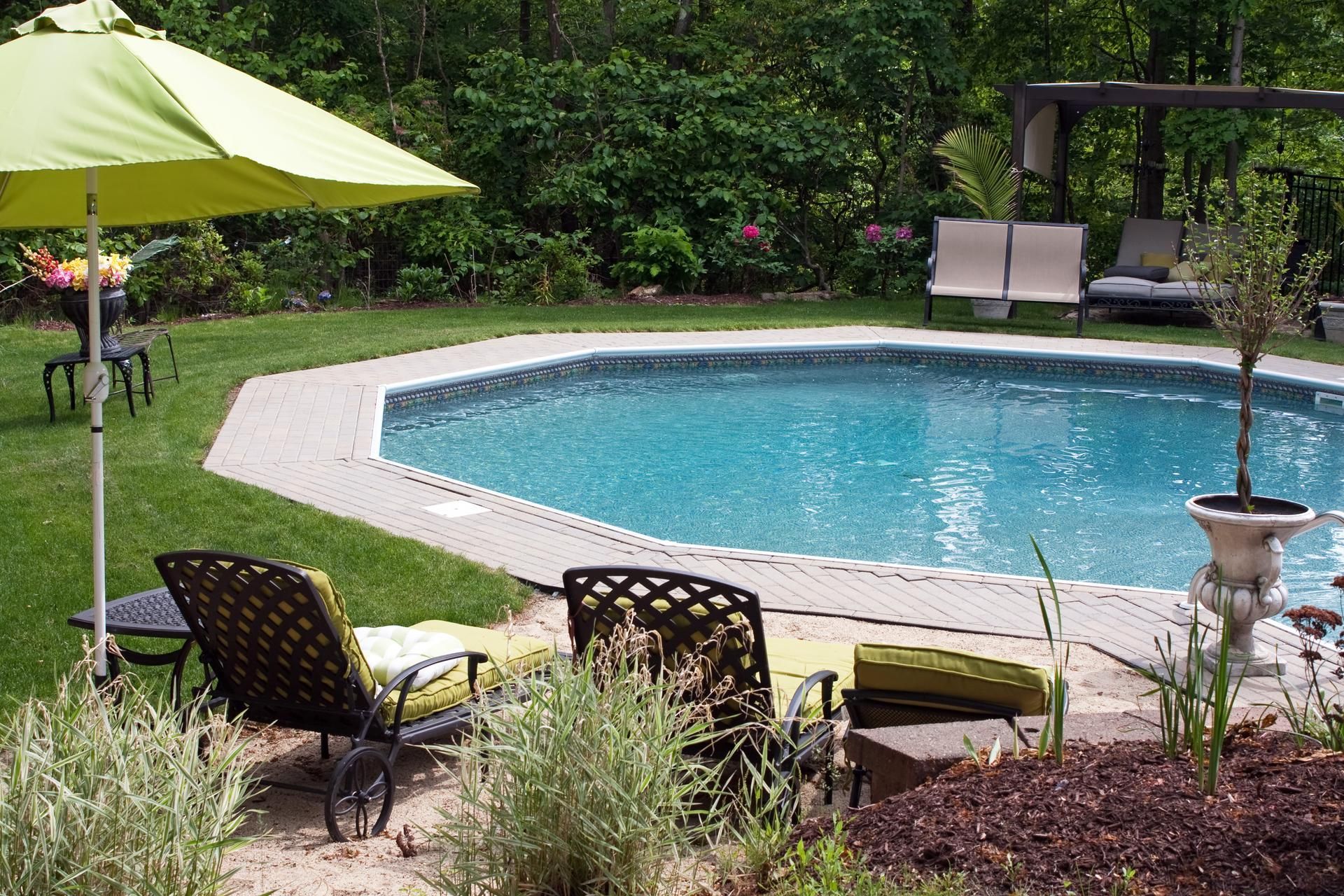3 Common Indications That You Need To Clean Your Swimming Pool

A dirty swimming pool can lead to bothersome and expensive health risks, including skin irritations. If it's a commercial pool, uncleanness will likely turn off customers, thereby reducing the profits you would earn with a clean and safe one.
Therefore, to ensure your swimming pool is clean and safe, keep reading for the common signs you need to clean it.
1. Increased Levels of Water Bubbles and Foam
Although water bubbles are common, a collection of foam and bubbles along the water's edge indicates something isn't right. Increased bubbles and foam can stem from clogged filters, mold and mildew buildups, and even contaminants like bacteria. Foam is also a sign of thick water, meaning there are increased air bubbles, especially from the pool circulation system.
Foam and bubbles can come from the accumulation of shampoo, gel, hairsprays, and soaps. Also, foam and bubbles can result from using the wrong pool products, especially those for killing and preventing the accumulation and growth of contaminants like algae, molds, and mildew.
While chemicals help remove and prevent mold and mildew or even moss, using these products in the absence of these contaminants agitates the water, thus making it frothy. When this happens, you'll likely see increased levels of bubbles and foam.
2. Pool Surface and Water Discoloration
There are many reasons that can cause pool water discolorations. One of the causes that raise concerns is mineral deposits that corrode the pool surface leading to rust. Also, the problem can result from the use of excessive pool disinfectants.
For example, when excess chemicals contaminate the water, surface water discoloration happens because of the pool surface metals and chemicals reaction. Naturally, the reaction of water and metals or chemicals leads to corrosion, leading to rusting, thus affecting the water's appearance by changing its color.
Excessive use of pool disinfectants sometimes interferes with the appearance of the water. When this happens, they create stains that cause water discoloration. Moreover, your pool could suffer from organic or inorganic pool stains.
Organic stains result from contaminants like sewage waste or decayed and decomposing matter that flows through into the pool. Organic stains also come from algae and moss. When not removed on time, organic contaminants can also affect the color of the water, especially when they carry chemicals.
When this happens, it's challenging to remove these stains through scrubbing. Instead, you'll need disinfectants, but in limited amounts to prevent the effects of discoloration. On the other hand, other stains that can affect your pool are inorganic. These come from natural weather conditions leading to the pool surface corrosion and rust. They also result from metal deposits.
3. Large Numbers of Unwanted Organisms Around the Pool
Although it's common to find a few flies and other pests around the pool, large numbers of unwanted organisms indicate they are being invited by contaminates that allow them to survive.
For instance, when your pool is near a lake or a pond, you'll likely see many flies and other pests. Usually, your pool's proximity to natural water sources increases the odds of mold, mildew, and odors. As a result, pests also increase in number. So, when you start seeing large numbers of flies and other insects, it's time to clean your pool or spa.
How to Find a Solution Fast
Although your DIY skills can help solve a few problems, stubborn pool water discoloration and odors need the help of a pool expert. At Anchor Pools and Spas, you'll always find the proper guidance and expertise for keeping your pool or spa clean and safe. Contact us today for a prompt and reliable solution.



